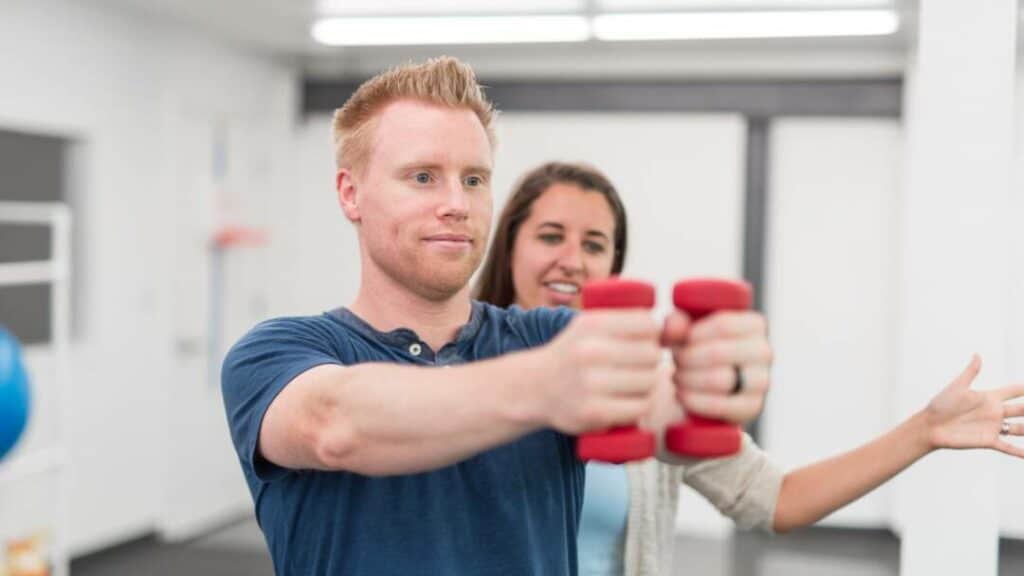Hand & Wrist Pain
Many things can cause headaches and facial pain. The good news is that most do not require surgery and respond well if the problem is accurately diagnosed, and you receive the ideal physical therapy.
Request Appointment
Hand and wrist pain can result from many things, but most commonly it happens after overuse of this complicated structure that is made up of dozens of bones, joints, ligaments, muscles and tendons

Hand & Wrist Pain FAQ
At Proliance Physical & Hand Therapy, our physical therapy experts will use the optimum combination of therapy techniques to resolve the issues causing your hand or wrist pain. The following problems typically respond well to physical therapy:
At Proliance Physical & Hand Therapy our experts don’t just treat your symptoms. We take the time to understand the root cause of your pain so we can develop the optimum plan to promote healing. Your therapist won’t just help you get better, they will also provide education and exercises with the goal of helping you achieve a healthy, strong, and pain free lifestyle.
Patient Success Stories
Matt P. – Shoulder Surgery
Tom J. – Knee Replacement Surgery
CORI – Robotics Assisted Technology
Let’s Talk About It
Contact us to set up an appointment with our therapists to identify the problem and the best solution for you
As part of Proliance Surgeons, the northwest’s finest team of orthopedic surgeons, you can depend on:
Expertise
Our passionate commitment to the most advanced care and expedited recovery techniques.
Trust
Close collaboration with your doctor to ensure accurate diagnosis guides us to the best treatment plan for you.







